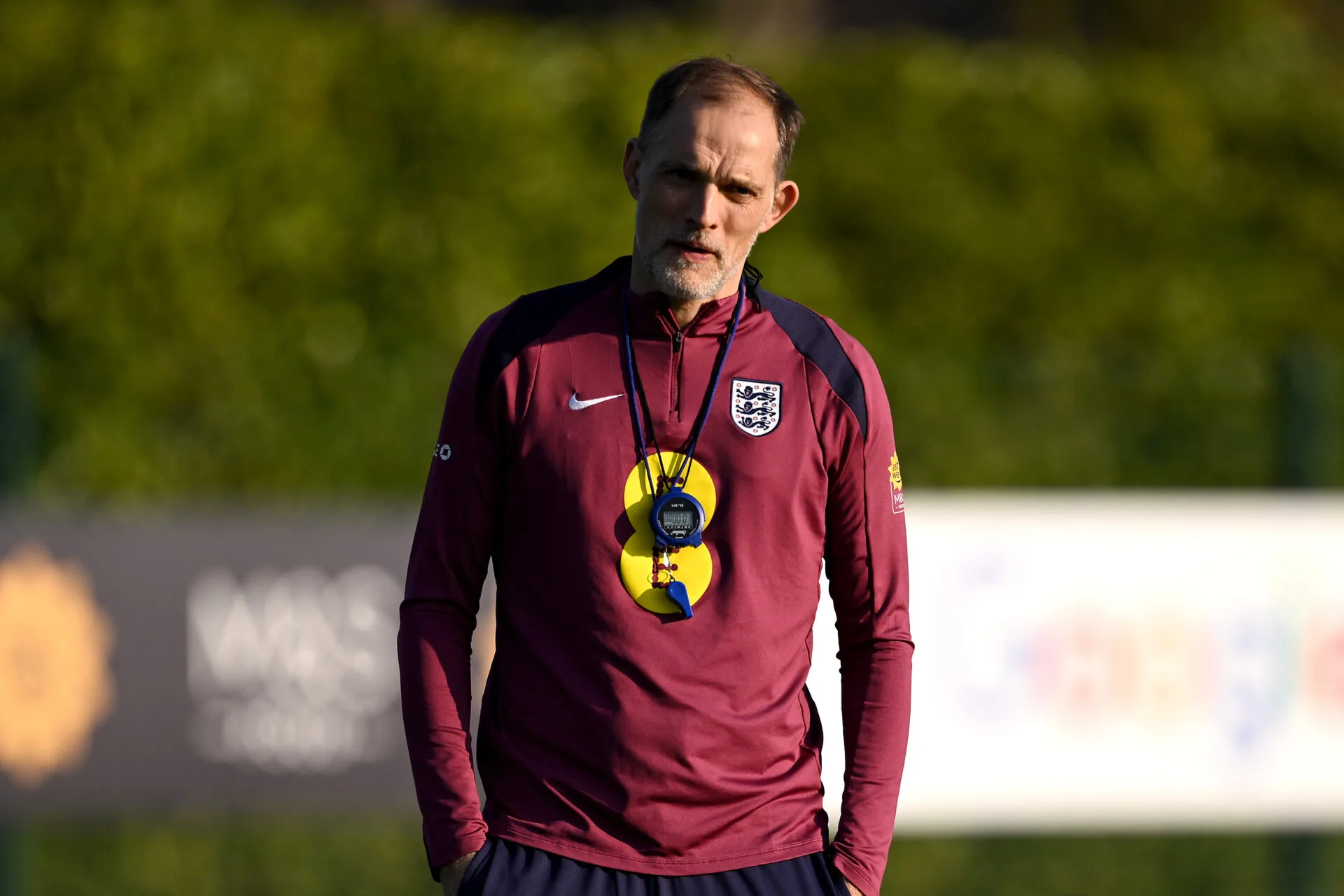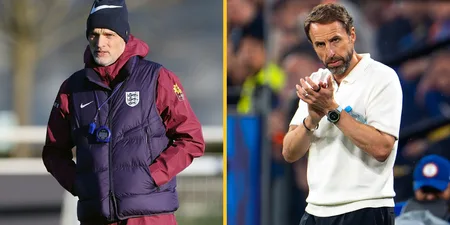The Professional Rugby Injury Surveillance Project has revealed that the most commonly reported match injury in English Rugby was concussion for the sixth consecutive season.
The report said that concussion accounted for 22% of all match injuries, and while there has been a continued focus on improving concussion awareness and promoting behavioural changes among players, coaches, referees and medical staff, together with the introduction of real-time video into the Head Injury Assessment (HIA) process, a change in the frequency and nature of game contact events cannot be excluded as a possible contributing factor to this increase.
In the 2016-17 season, the overall incidence of match injury in the Premiership was 96 per 1000 hours (1000 hours = 25 matches), which equates to 3.8 injuries per match and 1.9 injuries per team.
47% of all match injuries are associated with the tackle, with 23% of all injuries associated with tackling and 24% associated with being tackled.
For the first time, hamstring injuries and concussion appear alongside anterior cruciate ligament knee injuries in the top three match injuries resulting in an absence of 84 days or more.

Concussion accounted for 19% of all injuries to the ball carrier and 43% of all injuries to the tackler, highlighting the tackle as the key game event when developing concussion reduction strategies.
The average severity of match injuries (the time taken to return to play) for the 2016-17 season was 32 days. This is the first time this figure has risen above the expected upper limit of season to season variation.
RFU Professional Rugby Director Nigel Melville said that the union had the long term interests of the game when devising their eight-step action plan and that the welfare of the players is absolutely central in that regard.
“We have a responsibility to look at all elements of the game. We try and take an evidence-based view, so we have looked at the data available and made decisions, alongside PRL and the RPA, built on that which form this action plan,” said Nigel Melville, RFU Professional Rugby Director.
“All the decisions are taken with the long term interests of the game clearly in mind and the welfare of our players is absolutely central in that regard. We know that there is no game without the players. We also know that in order to effectively mitigate against risk all stakeholders need to work together.
“This is why we are setting out this action plan. We want to work with the players, the professional clubs and World Rugby to build a much better body of knowledge about this, so we make better, more informed decisions.”
Phil Winstanley, Rugby Director at Premiership Rugby added: “Clearly the PRISP report has identified some significant challenges for us in relation to injury and player welfare.
“Player welfare has to and will remain at the centre of everything Premiership Rugby do as an organisation and working with the RFU and RPA we have identified immediate actions which we have to take in addition to the work that we are already doing in this area.
“It is clear though that this is not just a Premiership issue: this is also a world game issue and we look forward to engaging with World Rugby to identify solutions which benefits all.”
The key areas addressed in the plan are:
1. Laws: For the English professional game to work collaboratively with World Rugby on an ongoing review of the laws and all injury risk, with a specific focus on reducing the incidence of concussion in the tackle and consideration of a reduction to the current legal height of the tackle.
2. Law application: The PGB has commissioned analysis of referee decision making in the English professional game to determine if the increased tackle sanction brought in by World Rugby from 1 January 2017 is being consistently applied. An ongoing review of all dangerous/late tackle cards, penalties and omissions identified in the 2016/17 and 2017/18 seasons will be completed in the summer of 2018.
3. Player load: Continue to work with the PGB Sports Science Advisory Group and Medical Advisory Group to advise on optimal match, training and life loads for players, as well as club squad size and composition to allow individualised player management.The PGB has already commissioned two studies in the area of player load and injury risk: a study at Cardiff Metropolitan University looking at Psychological Load began in September 2017 and a study at the University of Bath exploring the associations between training and match load and injury risk which began in September 2014. Regular updates and recommendations will be provided to the PGB.
4. Training injury risk: The PGB has commissioned further analysis on the current training volumes and contact exposure in the Premiership. All data and evidence in relation to contact in training will be shared in a series of facilitated workshops and discussion with Premiership and England coaches, players and conditioners during the Summer of 2018 to seek their feedback with a view to developing greater consensus and understanding on the optimal training session content and the role that contact training and training on different surface types may have on modifying injury risk in training and matches.
5. Concussion risk in the tackle: Work with World Rugby to facilitate a workshop with PRL and England coaches and players to identify technical changes which may be possible in the tackle but deliver optimised ball carrying and tackling with minimal risk of head contact.
6. Resources (personnel capacity): Benchmark and audit medical, conditioning and performance resources across Premiership Clubs and England representative teams to establish if sufficient personnel capacity is in place to allow for best practice management and consequently to mitigate injury risk.
7. Game analysis and injury risk: Develop an additional dedicated game event analysis resource, which will be in operation for the 2018/19 season, which allows better understanding of the changes in game activity and the interaction between game events and injury risk. A PGB project group has been formed to discuss how this should be implemented and taken forward. This group will outline the aims and objectives of the game analysis function going forward and it will establish the key metrics for analysis and how they need to be coded.
8. Artificial grass pitch risk in the elite game: The PGB has commissioned further independent analysis on different injury types and the relative risk of these on AGP in the elite game compared with natural turf. This will be included in the next PRISP report as part of the independent analysis led by the University of Bath.



















































